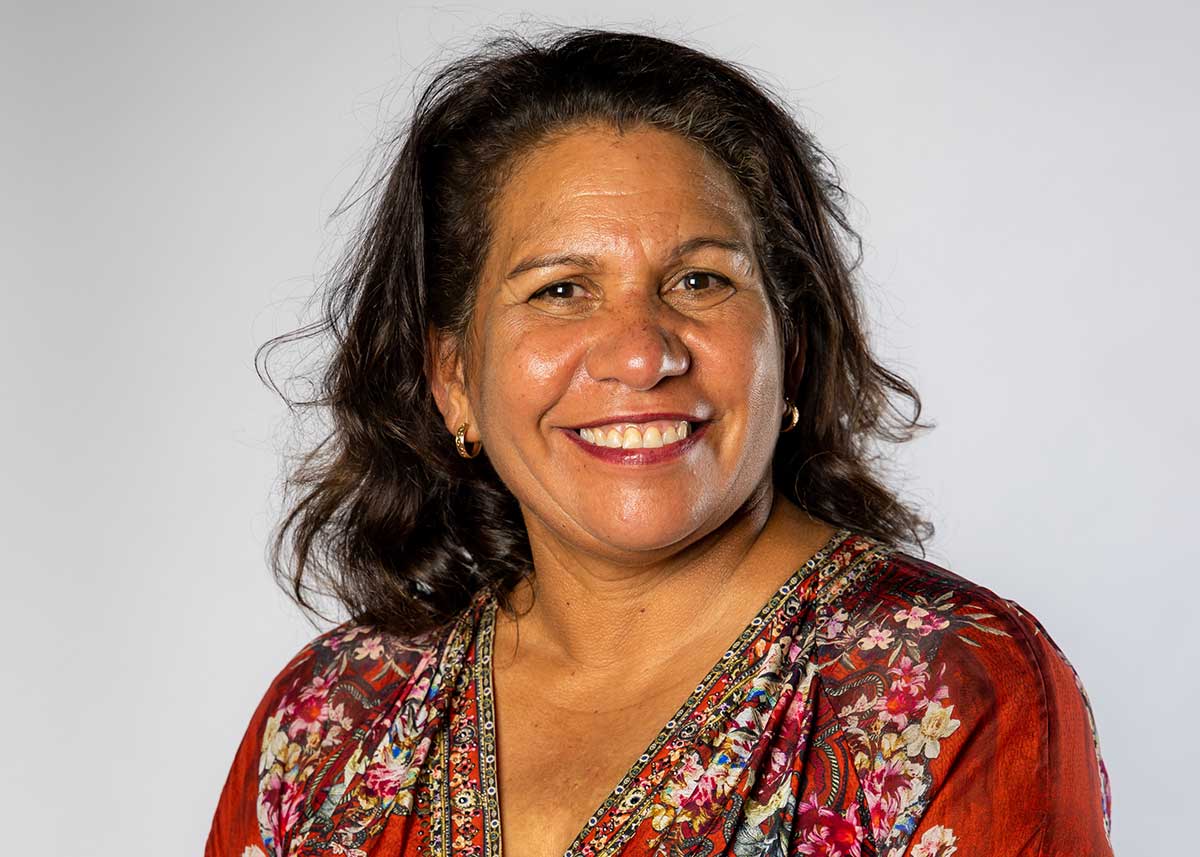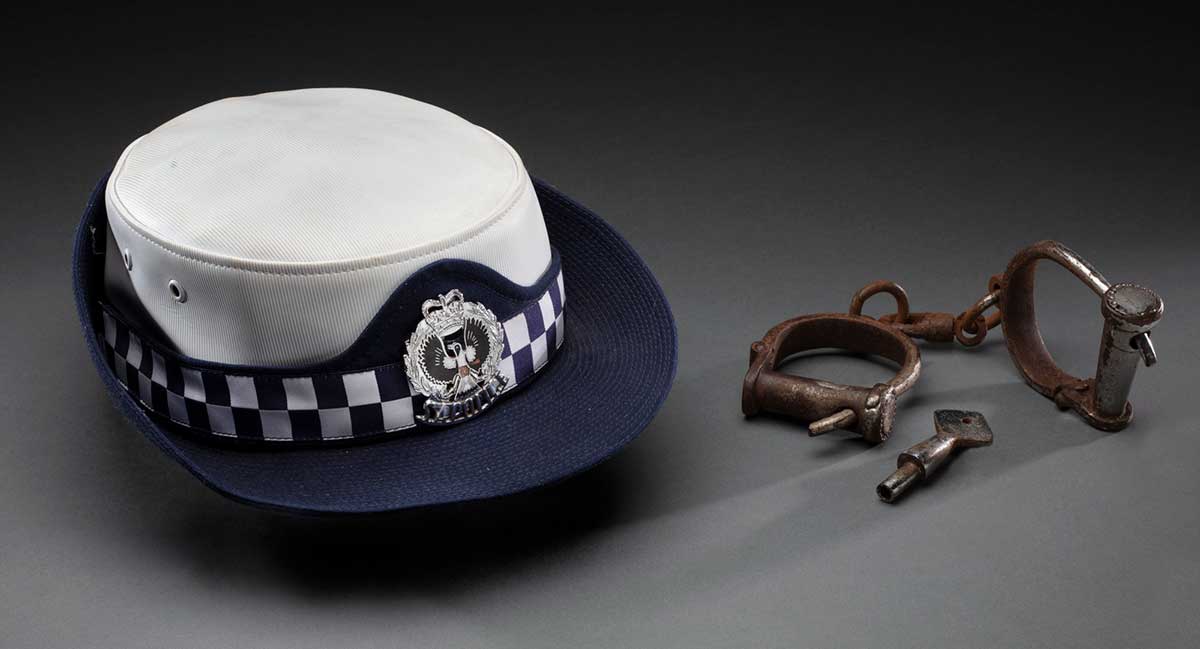Director, Aboriginal Justice Unit
Northern Territory | 2022 Australian of the Year
Arrernte woman Leanne Liddle is committed to providing Indigenous Territorians with justice solutions that will work for them. She is the driving force behind the Northern Territory Aboriginal Justice Agreement, which, in partnership with Aboriginal people, aims to reduce incarceration rates, increase Aboriginal leadership and improve justice outcomes for First Nations Territorians.
As Director of the Aboriginal Justice Unit, she has travelled thousands of kilometres to meet with and listen to First Nations communities across the Northern Territory.
Leanne was South Australia’s first Indigenous policewoman. During her decade of service she experienced racism and abuse which fuelled her determination to make a difference. She completed a law degree and worked for the United Nations, and in several high-profile government roles, before joining the newly formed Aboriginal Justice Unit in 2017.
Police hat and handcuffs
Leanne Liddle was a young officer with South Australia Police when she found these handcuffs in an antique shop. They would have been attached to leg and neck chains and used to imprison First Nations peoples. Despite her distress, Leanne felt compelled to buy them to teach future generations about Australia’s history.
These handcuffs and Leanne’s police hat are displayed in her home. They remind her of the over-representation of First Nations peoples in the justice system, as both victims and offenders, and of the need to break cycles of disadvantage. Leanne is determined to create a more equitable future for everyone.
A hard history
You can’t ignore the history that Aboriginal people have with the justice system. People need to know this history, even if it’s uncomfortable. I bought the handcuffs 20 years ago, even before I had my children. But I knew that someday I would need to tell them about this time.
Justice and injustice
People always ask me about justice – but really, it is injustice that inspires me. I see the handcuffs as a metaphor for Australia – we haven’t unlocked the key to address the pain and trauma that sits with Aboriginal people. But I truly believe that we, as a society, are finally mature enough and brave enough to do what is right and what is just. For us all.
My family inspires me
Growing up in Alice Springs in the 1970s and 80s, I witnessed much injustice. I saw the way my grandfather, a Second World War veteran, was treated inside the local RSL – like a hero – only to be shunned in the street. I listened to my mother, a proud Arrernte woman and a traumatised survivor of the Stolen Generations, warn us kids to tidy up the house otherwise ‘welfare’ would come and take us away. My family instilled a sense of responsibility in me.
This exhibition was developed by the National Museum of Australia in collaboration with the National Australia Day Council. Portrait images supplied by the National Australia Day Council.

